Successful brands don’t just happen by chance.
At the core of a strong brand’s success is a brand strategy defining how the brand will approach the market.
The more brand strategy examples you observe, the more you realise just how creative the discipline is.
Every market is different and every brand must be different within that market.
This article breaks down ten successful brand strategy examples and ideas to inspire your own positioning strategy.
Successful brands don’t just happen by chance.
At the core of their success is a brand strategy defining how the brand will approach the market.
The more brand strategy examples you observe, the more you realise just how creative the discipline is.
Every market is different and every brand must be different within that market.
This article breaks down ten successful brand strategy examples and ideas to inspire your own positioning strategy.
What Is Brand Strategy?

Brand strategy is often positioned as a complicated business discipline.
The reality is, however, the goal of branding is not complication but simplification.
The more simplistic a brand communicates its difference, value and offer to its audience, the more likely that target market will be to adopt it.
This is where brand strategy comes in. Many people confuse it with marketing strategy, but
The strategy of the brand defines exactly how the brand will approach the market including the elements and tools it will use to achieve its goals.
Instead, marketing strategy delineates the short-term actions that will communicate the bigger vision. Marketing campaigns are specific pushes happening under the brand’s umbrella.
They communicate the brand message and (ideally) reach the target audience through digital marketing or traditional media channels.
Essential Brand Strategy Elements

A brand is a lot more than just a brand name or tagline. There are many elements to a functioning strategic brand.
These elements each play their own role, and different elements hold greater or less importance depending on the brand. The combination of these elements is what makes brand strategy so creative.
There are, however, a set of key fundamental elements that every brand should aim to incorporate, which are the following.
PRO Brand Strategy BluePrint
Build Brands Like A Pro Brand Strategist

Brand Purpose

The purpose of the brand is the reason it exists.
Of course, every business exists to generate profit. Businesses that operate without the goal for profit are known as non-profits.
Yet, this is where profit-generating business owners look in search of their purpose.
Beyond the profit is where brands find their true purpose and a great brand must have a clearly defined purpose.
Brand Vision

The vision of the brand is where it’s going in the future.
A brand without a plan has nowhere to go. But with a clear vision of the future brand, it has something to aim for.
The vision of the brand becomes a directional compass for success.
Brand Mission

The brand’s mission is the commitments it makes in order to achieve the vision for the future.
It’s all well and good having a vision. But without making a commitment, that vision is just a dream.
The mission begins to solidify the actions the brand will take to achieve its goals.
Brand Values

The core values of a brand outline what the brand holds dear in the way it operates.
Every business approaches the market differently and behaves in different ways.
Brands that articulate their values and commit to them can intentionally develop a reputation for the way they operate.
Brand Positioning

Without a doubt, the most influential element in the success of a brand.
Every business fulfills a want or need. Yet the way in which they do so is often the difference between success and failure.
Successful positioning happens when a brand develops a reputation with their market for the unique way they meet the wants or needs of their audience.
Brand Personality

It’s more important than ever for brands to adopt a human persona.
People are drawn to human characteristics, and much of our decision-making happens through the attributes we consciously or subconsciously identify. Your brand’s personality is one of the essential elements of customer loyalty.
A brand displaying specific characteristics designed to appeal to a specific audience is far more likely to make the intended connection.
Brand Voice

An extension of the personality, the brand’s voice defines how the brand sounds through its messaging.
Like the personality, the voice communicates characteristics though the added dimension of the tone of voice reinforces characteristics with attitudes.
Your brand voice can help you develop a strong differentiation against competitors to build rapport with potential customers. This is especially true for industries where stereotypes run rampant — like real estate and banking.
A new product can stand out in a saturated market by presenting a contrasting brand voice.
Brand Storytelling

As humans, we’re drawn to the story because we’ve used it as the method of knowledge transfer for millions of years.
This human instinct to attentively listen to the story provides brands with a hack to transfer their message. If you look at industry leaders like Apple, you’ll notice that storytelling is at the core of their communication.
This type of brand tends to capture a large market share because people can’t help but be drawn to its brand message.
Storytelling is a powerful tool to earn brand recognition.
Brands that tell stories to mirror the path of their customers, leverage human instinct to draw them in.
Brand Identity
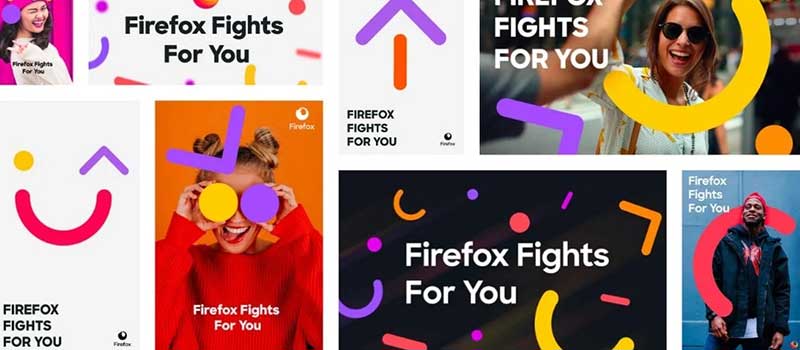
Humans are visual creatures.
Our brains burn many calories to digest complex information. Yet we can process images in as little as 0.013 seconds.
The more distinctive and appealing a brand’s identity, the more likely it will be remembered and recalled in the buying decision.
Explore Brand Strategy
Programs & Tools
The Brand Strategy Template For Success

It’s in our nature to replicate what works, which is why we’re drawn to templates. Just ask any social media manager and they’ll tell you their template library is one of their most prized assets.
The reality is, however, effective brand strategy is a creative discipline where processes, not templates, produce results.
Each of the elements mentioned above is a character in a story, and the brand strategist is the author.
Different elements can take centre stage throughout the journey. But it is the cohesive combination of how they interact that makes it a tale worth telling.
Below are some examples of how different brands have used these elements.
Best Brand Strategy Examples

Whether you’re building your own brand or working on a brand for a client, the best way to learn from the success of other brands is to analyse brand strategy examples and how they use these critical elements.
Here are some of the best examples to analyse.
Explore Brand Strategy
Programs & Tools
Chipotle (Quality Positioning & Personality)
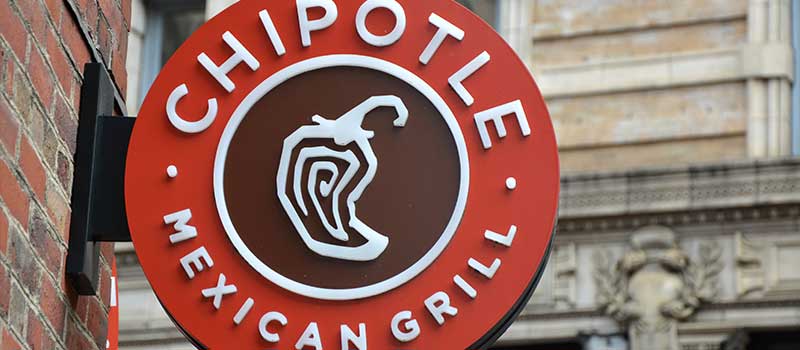
Mexican food has been an American favourite for generations.
Taco Bell was the dominant player in the Mexican fast-food space. They led with a focus on low prices — an approach that dominated the competitive landscape.
Taco Bell’s brand awareness is through the roof — just ask any American. However, this low-price strategy came hand-in-hand with low quality.
The market was there to be disrupted, and Chipotle’s founder, Steve Ellis, spotted this opportunity.
Ellis had a degree from the Culinary Institute of America. And he knew there was an untapped market for lovers of both quality fresh produce and Mexican food.

A fresh take on this market was bound to capture new customers.
Chipotle came onto the scene and gave their audience something fresh both literally and positionally.
Their vegetable-heavy, fresh produce approach and their cheeky personality gave Chipotle a competitive advantage.
Not only did they claim a healthy slice of the market, but they also expanded the market to more health-conscious diners.
Tesla (Brand Mission)

As a brand, Tesla has many strings to its bow and leverages many strategic elements to appeal to its audience.
For a start, they’re a disruptor and carved out a hugely profitable and defendable niche in the Luxury Electric Automotive Market.
But this Tesla example shines a light on their mission which is a commitment that goes beyond the automobile market, inspired by their visionary leader, Elon Musk.
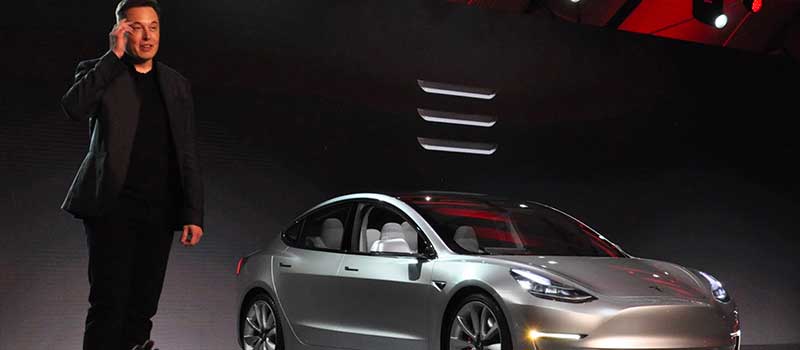
Tesla is a brand that wants to bring us into the new world and has outlined its intent with an inspiring mission:
To accelerate the world’s transition to sustainable energy.
As consumers become more aware and the use of fossil fuels is forced out, Tesla is positioned to take advantage.
Zappos (Brand Values)

Values are a brand strategy element used as an internal guide to navigate decisions and actions.
Although there are many brands that effectively use their values to drive success, very few become known for their values.
Zappos is one such rare brand. At the core of what they do, Zappos aims to provide an exceptional customer experience.
Let’s have a look at their values
Deliver WOW Through Service
Embrace and Drive Change
Create Fun and A Little Weirdness
Be Adventurous, Creative, and Open-Minded
Pursue Growth and Learning
Build Open and Honest Relationships With Communication
Build a Positive Team and Family Spirit
Do More With Less
Be Passionate and Determined
Be Humble
This unique list of ten values is used as the cornerstone of their strategy.
They hire and onboard their staff with a focus on these values, which translates across their entire brand ecosystem and through them, developed a reputation to the value of $1.2 Billion, which Amazon founder Jeff Bezos paid for them in 2009.
In addition, Zappos started as a company selling shoes. They used a brand extension strategy to slowly expand into apparel, accessories, and more.
Brand extension is a powerful strategy to venture into new spaces and earn recognition and equity.
Dollar Shave Club (Against Positioning & Personality)

The Dollar Shave Club is one of my all-time favourite brand strategy examples for many reasons.
One of the most compelling is that this is a real David and Goliath story.
The Dollar Shave Club represented a small business with a ballsy entrepreneur in Michael Dublin, who stuck it to Gillette, the dominant market leader.

Dollar Shave Club’s Strategy was simple. Provide high quality razors at a significantly reduced price to their competitors, while pointing the finger at their rivals with dry humour and bags of personality.
Their viral video catapulted them to stardom. But it was their business model and brand strategy that led to Unilever acquiring them for $1billion.
Old Spice (Repositioning With Personality)
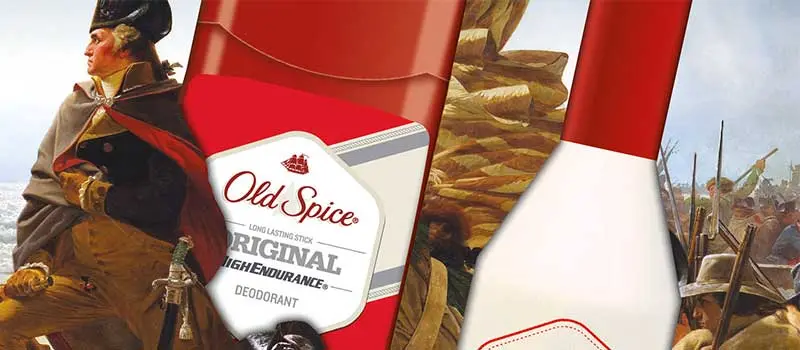
Sticking with the men’s toiletries market, Old Spice is an inspirational example of how a little personality reinvigorated an aging brand.
Old Spice is a brand with heritage and history. Although many brands make that work to their advantage, for Old Spice, it was leaving them in the past.
The brand image in the market was that Old Spice was an “Old Man’s Brand” for old men getting older. They needed a fresh image if they were to appeal to the younger segment in order to survive.
They tested the waters with the humour-driven “Swagger” campaign before going all in on what turned out to be a viral sensation in their “The Man Your Man Can Smell Like” Campaign.
With little more than a personality makeover and a tweak to their visual identity, Old Spice became the #1 men’s body wash brand on the market.
Harley Davidson (Brand Voice)

When you think of Iconic brands, Harley Davidson is often in the podium positions.
This All-American heritage brand is another masterfully managed brand which used its unique brand voice as one of its most consistent and effective tools.
Owners of Harley’s all share a unique characteristic. In one way or another, they’re rebellious at heart and aren’t fond of rules and push against the grain.

Harley’s brand voice is laced with this rebellious spirit. They’re rugged and mean, gritty and tough, and they don‘t mince words.
In other words, they’re the voice of the gang leader that their audience wants to follow.
Any student of branding who wants to know how an effective brand voice is executed should take a long hard look at Harley Davidon’s Messaging.
Dove (Purpose)

This Unilever brand is one of the pioneers of Brand Purpose as a strategic tool.
Today, it’s not uncommon to see brands jumping on the purpose bandwagon without any real intent.
Dove approached the issue of self-esteem in women with authenticity and commitment with their 2004 real beauty campaign, trading thin models for models that better represented real women.
Since then, Dove has committed to raising awareness of the impact of the beauty industry on the self-esteem of women and girls and has committed to changing the status quo.
AirBnB (Brand Storytelling)
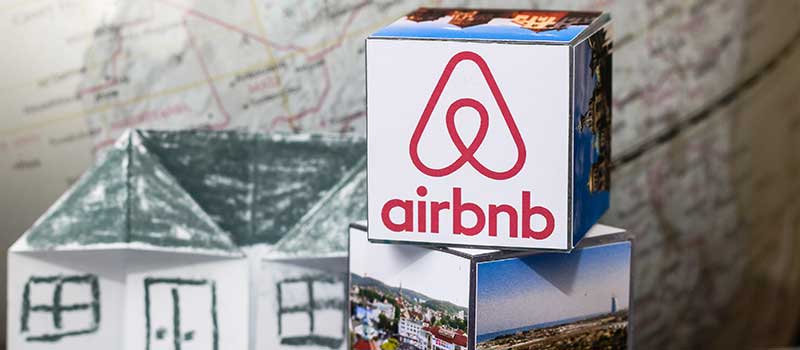
AirBnB is a modern brand that gets it.
They don’t facilitate short-term rentals — they help their audience belong anywhere.
One of the ways they do this is by elevating the connection between the guest and host and bringing the tangible humanity of these real people to life through their stories.
Again, there are many feathers in the AirBnB branding cap from their playful brand identity to their simplistic messaging, though their stories bring to life a sense of belonging that hotels simply cannot compete with.
So if you’re considering using a story as a dominant tool in your brand strategy, make it about the people, not the brand.
Even Headphones (Brand Identity)

Even Headphones are a brand that engaged one of my favourite agencies, Motto, based out of New York.
Though Even boasts unique technology which customises the listening experience for each user, its brand identity is one of the elements that set them apart.

The colours palette mix of vibrant and neutral colours and the funky image style which that captures their audience is a memorable combination which is stamped across all their visual touchpoints.
Although a unique difference is an important part of any brand strategy, such a distinctive brand identity helps to bring memorability and salience to the Even brand beyond their technology.
Over To You
Analysing the competitive landscape is an important part of a brand’s strategic development. This step is not about looking for inspiration but gaps and opportunities.
When you want brand strategy inspiration, look to other industries for successful brands and see what they have done well.
Often, you can combine strategic approaches that are directly translatable across markets, to find a unique brand strategy to position your brand effectively.
So get analysing, look for inspiration, get creative and create something truly unique.
Comment below to share your favourite brand strategy examples.
On-Demand Digital Program
Brand Master Secrets
Make the transition from hired-gun to highly valued brand strategist in less than 30 days. The systems, frameworks and tools inside this comprehensive program are all you need to level up.








